

When thinking about the various clothing you wear on a daily basis, it is completely normal to overlook the functionality of some less obvious parts of the clothing. You most definitely have noticed buttons on a jacket or on your favorite pair of jeans but do you notice the fine details associated with buttonholes? If not, don’t stress as there is a detail that is quite often overlooked.
The history behind buttonholes is quite interesting. According to Wikipedia, buttonholes have been used for fastening clothing since the 13th century in Germany. It goes without saying that many things have changed since those early days in Europe. The experiences that many garment makers have had over time have made our work in the modern-day more knowledgeable and give us ideas and solutions to some of the garment issues that may have occurred in the past. With that said, there are times where you will want to work with found buttonholes. In this article, we will identify the best ways to do so in the most effective way.
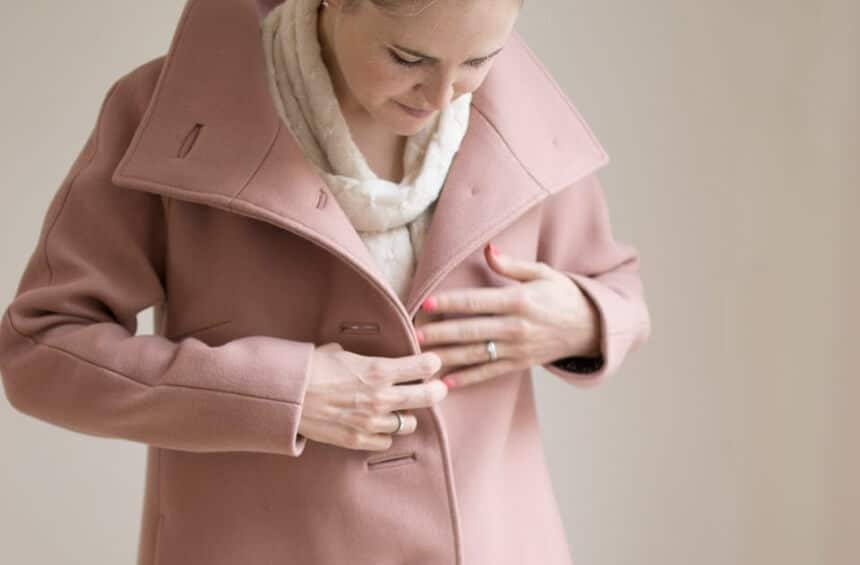
Sounds simple, huh? The reality is that the actual creation of that relationship requires close attention to detail and a plan that accounts for various factors. Let’s discuss how to create bound buttonholes in the most effective fashion.
As with many Other things in the creating garment space, we have to account for a number of things. We will have to identify our materials and our tools or instruments to best allow us to accomplish our task.
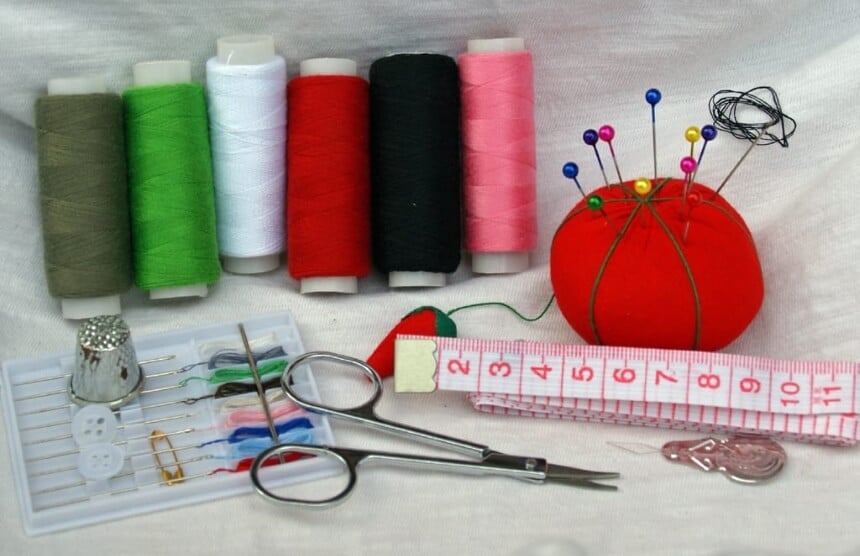
As we are well aware, the advent of technology has simplified and made completing tasks and projects in a quicker fashion. This, too, has been made available in the sewing world via sewing machines, according to various reviews, one of the best sewing machine options available in the Swiss Design Computerized Sewing Machine by Bernette. Another tool that has been made more efficient due to the use of technology is the self-threading serger. If you have ever spent time sewing, you recognize how valuable all these tools are with efficiency and time.
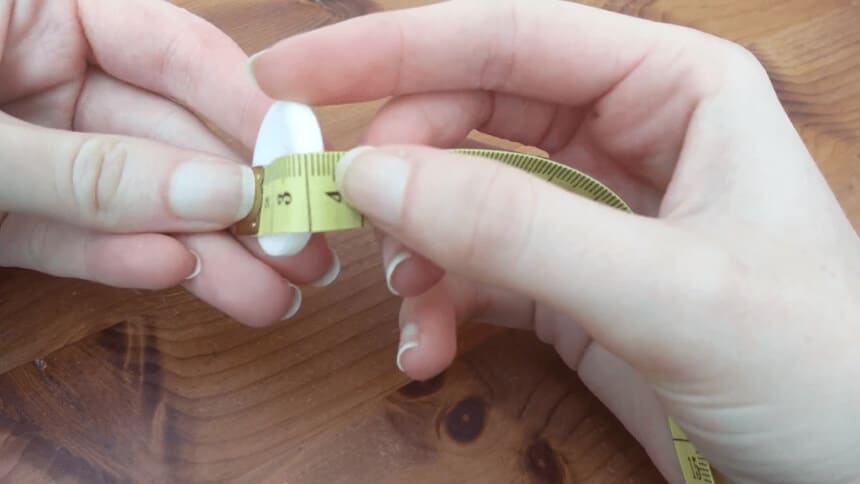
If you decide to use a paper pattern, ensure that it is marked on the piece itself. Once that is identified, mark the center edge of the button in between the center front and the edge of the coat itself. It is at this point that you will draw the opening of the buttonhole. Remember, add additional space to that of the button is that you want it to traverse all the way through the opening.
Now you are ready to draw the vertical line which identifies the edge of the buttonhole. It is now time to draw the final height of the buttonhole. The type of fabric will make a difference as to how you approach this. For example, when using a heavier fabric, you will want the buttonhole to be wide enough to accommodate the button’s width and a little more.
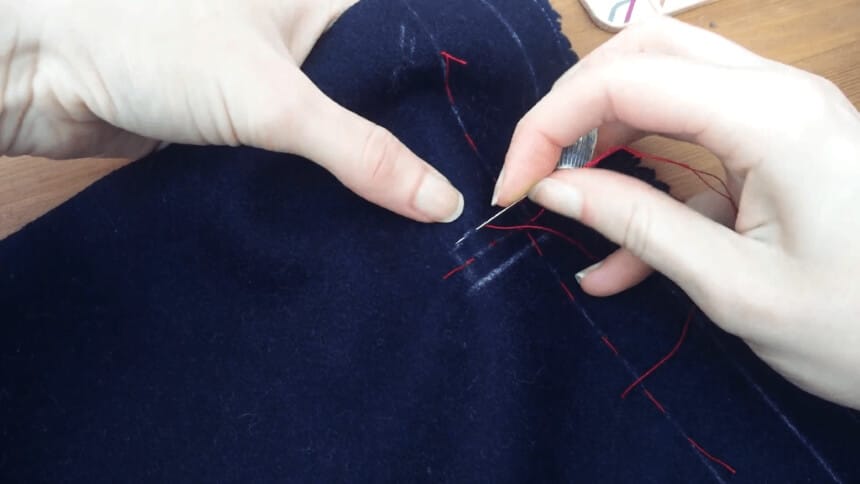

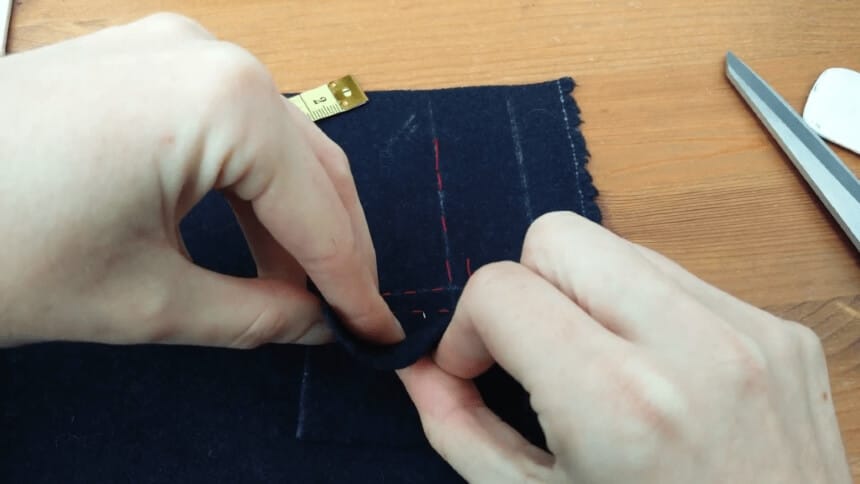
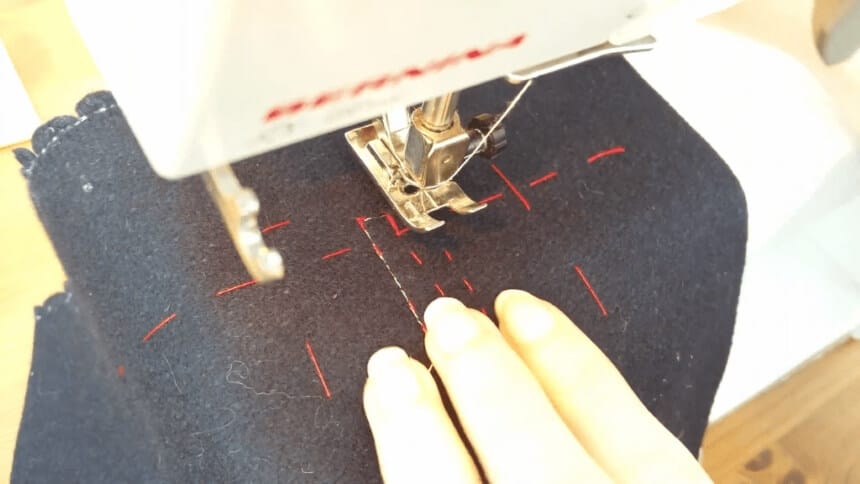
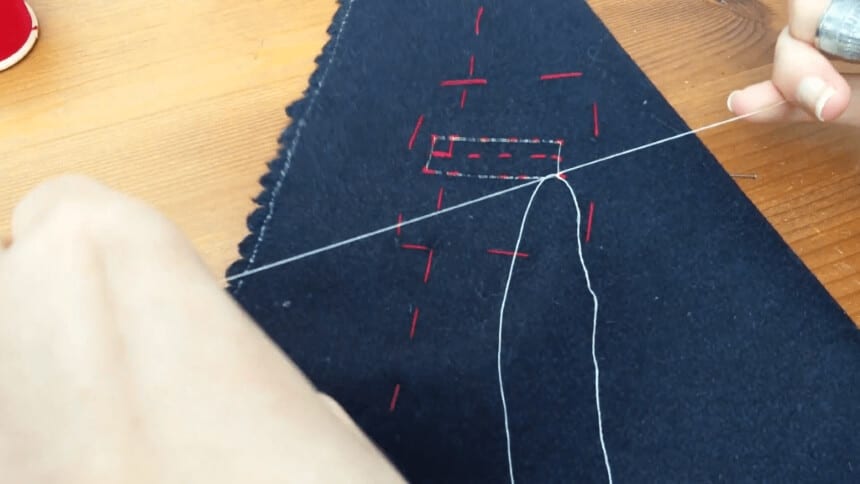

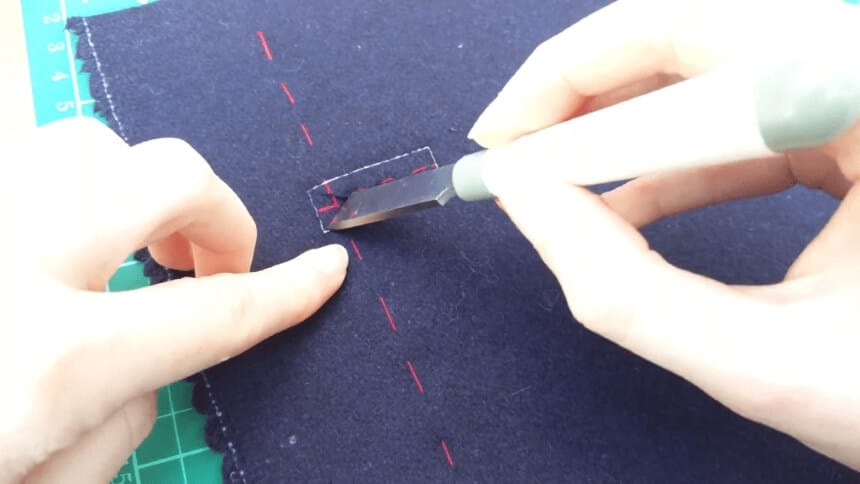
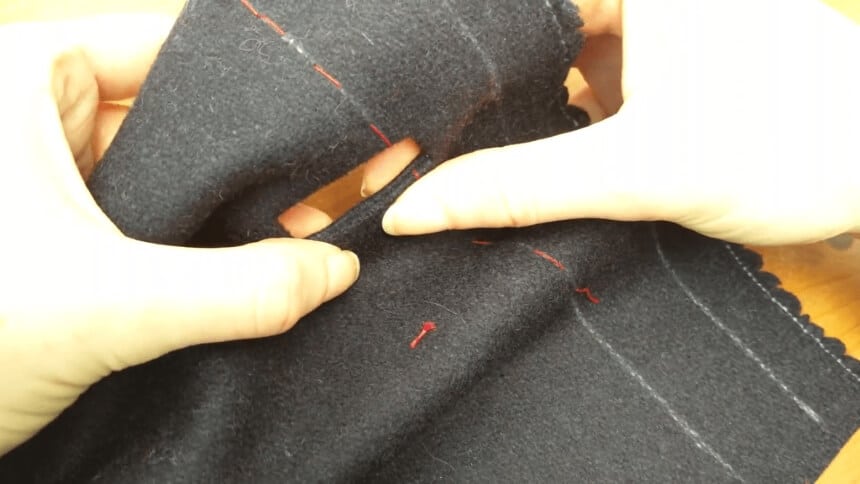

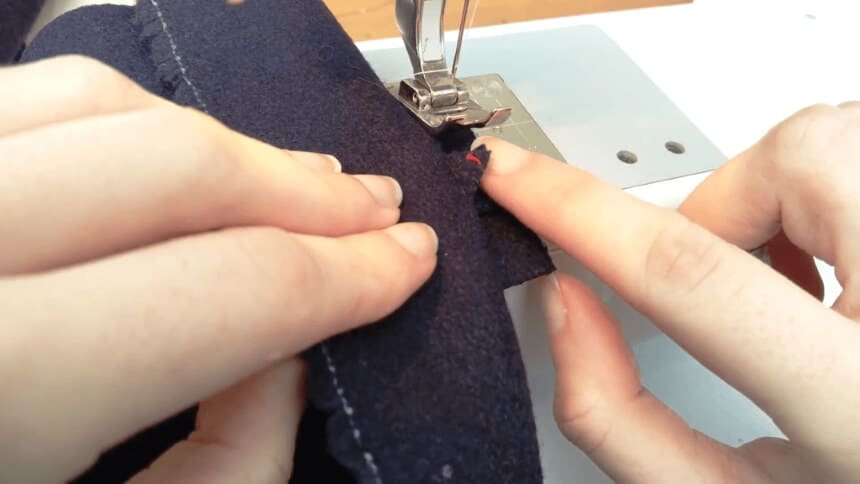
Rotate the buttonhole and place the fabric along the edge of the buttonhole. Attempt to stitch very close to the previous line of stitching via the layer of the seam allowance. Make sure you do this for the long edge as well. Now it is time to trim down any excess seam around the edges of the patch. It is now time to work on the rest of the coat.
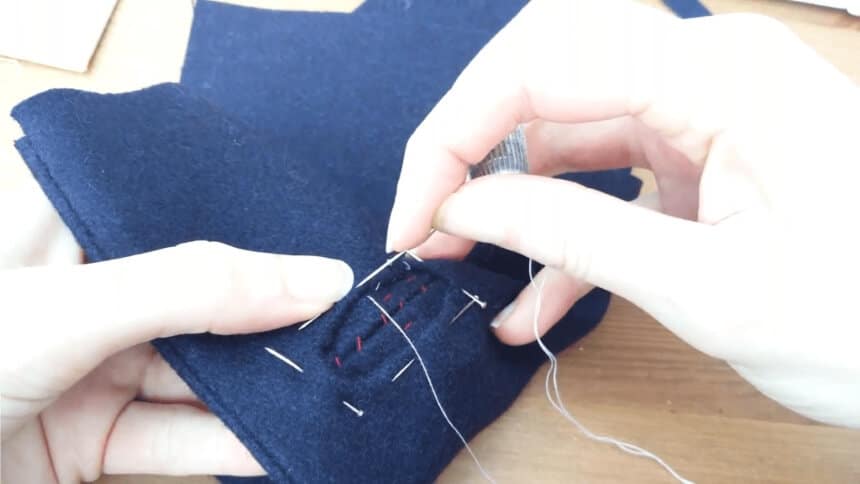
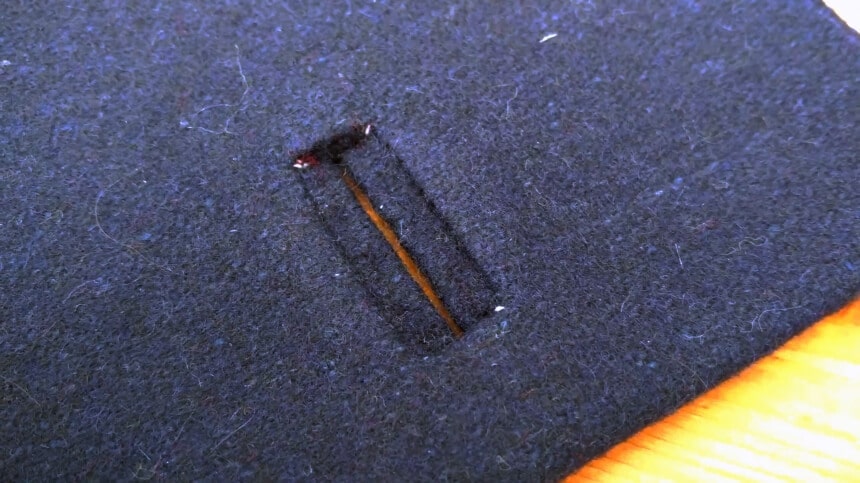
As you may have noticed, there is a lot of careful work to make the bound buttonholes you desire. There are many instruments that you will use in the process to make your creation come to life. The one instrument that is essential is that of the sewing kit. According to various reviews, one of the best sewing kits currently on the market is the Premium DIY Sewing Supplies Kit by Perskii. One of these kits can make a difference in you having a positive or negative experience.
When taking on the various projects when creating garments, creating your own bound buttonholes is one of the experiences that gives you the feeling of true accomplishment. Aside from finalizing such a project, you will be able to revel in the pride that goes with showing off your work. Once you have succeeded in such a project, you are ready to try your sewing hands at more complicated garment-making experiences.